In a world where stories seem to push boundaries ever further, choosing restraint in writing can feel surprisingly bold. Some of the greatest storytellers, from mystery novelists to romance authors, have found that leaving the intimate moments to the reader’s imagination creates richer, more resonant stories. As writers, we’re often reminded that less is more—a lesson shared by masters like Randy Alcorn, Anne Perry, and even legal scholar Mary Ann Glendon. For these writers, crafting lasting, intimate connections without explicit scenes has been a core aspect of their success.
Let’s dive into how they do it and explore the power of a well-placed “fade to black.”
The Power of Suggestion: A Different Kind of Intimacy
When Randy Alcorn writes, he doesn’t shy away from exploring human connections and the deep emotional layers of his characters, but he stops short of explicit detail. His approach is similar to classic filmmakers who let a door close quietly or cut to another scene, allowing the viewer to imagine the rest. Alcorn’s novels, like Deadline, are loved by readers who crave a compelling narrative but appreciate the restraint keeping the romance tasteful and nuanced. By crafting connections that focus on the characters’ thoughts, interactions, and unspoken chemistry, Alcorn allows readers to “fill in the blanks” in a personal and respectful way.
The authors’ suggestion over detail deepens the readers’ emotional investment. Who hasn’t felt the thrill of a lingering glance or an accidental brush of hands? These subtle cues are universal, tapping into experiences we’ve all had, making the story feel more immediate and personal. By focusing on what happens before and after the intimate moment rather than showing it outright, Alcorn invites readers to participate in the storytelling, creating a shared experience that lingers longer than any explicit scene could.
Building Suspense with Restraint: Less Can Be More
Anne Perry, a master of mystery, has a similar approach in her suspense novels. Perry’s works often explore dark themes, but she is deliberate in her restraint, choosing to develop suspense without relying on gratuitous violence or sexual content. In The Cater Street Hangman, Perry uses her Victorian-era setting to explore moral and psychological boundaries without crossing into graphic scenes. Instead, she builds tension and character relationships through gestures, conversations, and carefully crafted atmosphere, immersing readers in a world rich with nuance and implication.
Perry’s restraint isn’t a limitation; it serves as a tool for amplifying suspense and emotional complexity. Writers can take a cue from her: sometimes, building up the anticipation before the moment (and leaving it there) creates a dramatic tension, pulling readers deeper into the story. When Perry leaves her characters’ inner lives slightly mysterious, readers are compelled to imagine the motives, thoughts, and feelings beneath the surface. This not only makes her stories more engaging but also more accessible to a broad audience.
Engaging the Imagination: A Gentle Touch Goes Far
Mary Ann Glendon’s reflections on the importance of dignity in literature provide a thoughtful framework for authors exploring intimacy in their writing. Glendon, though primarily a legal scholar, has argued that powerful stories respect the complexity of human relationships by avoiding the exploitation of the body purely for shock or allure. This philosophy can inspire writers to prioritize storytelling that respects the mind, spirit, and body—a balance that resonates with readers looking for stories with heart.
A well-crafted romantic scene doesn’t need graphic detail to convey the depth of feeling between characters. Many readers find a quiet, shared moment or a soft, unspoken connection more powerful than anything explicit. Writing romance with a gentle touch makes a story more universal and invites readers into the characters’ emotional world without feeling voyeuristic.
Timeless Connection: Romance That Lasts
The message from these authors is clear: writing romance without explicit content doesn’t dilute the impact; it enhances it. As writers, we can craft timeless relationships where the emotional journey matters more than the physical detail. By keeping intimacy tasteful, we invite readers to form a bond with the characters that go beyond surface-level attraction.
As readers, too, we know that sometimes a lingering look or a heartfelt conversation has more power than pages of description. Stories leaving room for the imagination, like those from Alcorn, Perry, and Glendon, remain with us long after the final page. The best romances aren’t the most graphic; they make us feel seen and understood, drawing us into a shared experience that echoes our lives.
The Final Takeaway: Respecting Your Audience
When writing romance, there’s value in trusting your readers. Let them participate in the story by allowing them to imagine the moments you choose to imply rather than describe. Think of it as a collaborative experience: you provide the framework, the characters, and the setup, and your readers bring their own lives, memories, and dreams to the story.
So, whether you’re writing your first novel or your fifteenth, remember subtlety can be your greatest ally. Like the softest brushstroke in a painting or the gentle score of a film, a well-placed “fade to black” can carry the story’s meaning further than you might expect. After all, isn’t that what great storytelling is all about—connecting with readers in a way feeling both personal and profound?
We Don’t Want to Write the Laws; We Want to Publish the Books
Publication Consultants: The Synonym for Book Publishing—https://publicationconsultants.com




 This is Publication Consultants’ motivation for constantly striving to assist authors sell and market their books. Author Campaign Method (ACM) of sales and marketing is Publication Consultants’ plan to accomplish this so that our authors’ books have a reasonable opportunity for success. We know the difference between motion and direction. ACM is direction! ACM is the process for authorpreneurs who are serious about bringing their books to market. ACM is a boon for them.
This is Publication Consultants’ motivation for constantly striving to assist authors sell and market their books. Author Campaign Method (ACM) of sales and marketing is Publication Consultants’ plan to accomplish this so that our authors’ books have a reasonable opportunity for success. We know the difference between motion and direction. ACM is direction! ACM is the process for authorpreneurs who are serious about bringing their books to market. ACM is a boon for them. Release Party
Release Party Web Presence
Web Presence Book Signings
Book Signings Facebook Profile and Facebook Page
Facebook Profile and Facebook Page Active Social Media Participation
Active Social Media Participation Ebook Cards
Ebook Cards The Great Alaska Book Fair: October 8, 2016
The Great Alaska Book Fair: October 8, 2016


 Costco Book Signings
Costco Book Signings eBook Cards
eBook Cards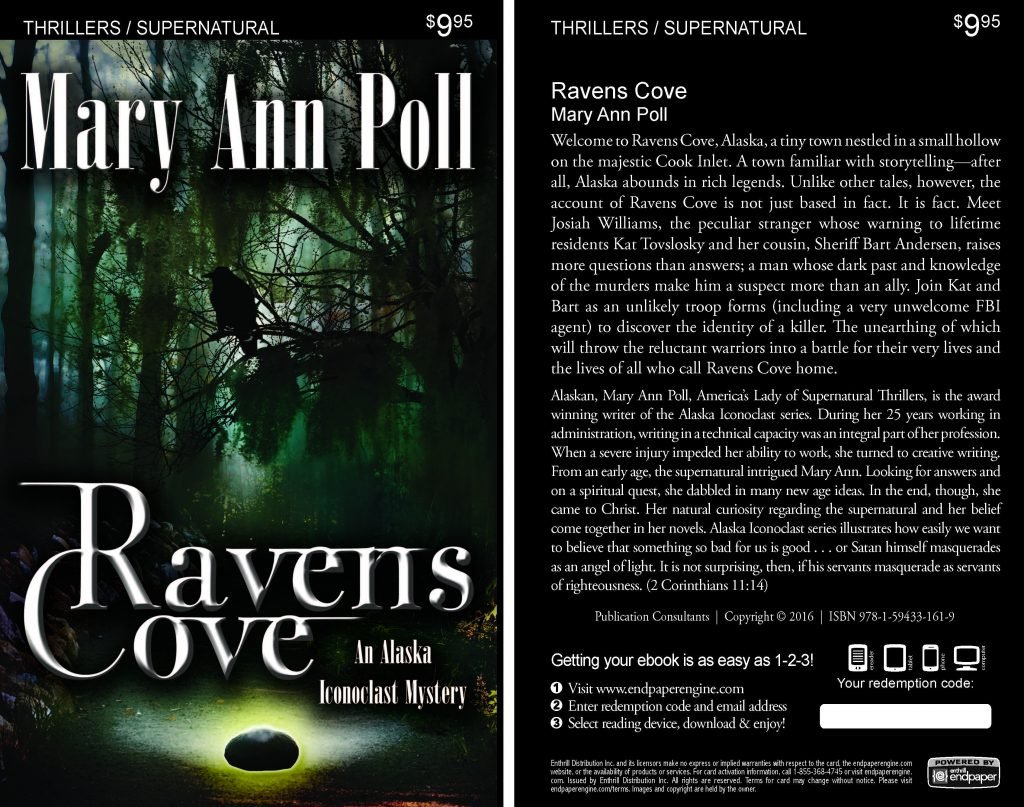

 Benjamin Franklin Award
Benjamin Franklin Award Jim Misko Book Signing at Barnes and Noble
Jim Misko Book Signing at Barnes and Noble
 Cortex is for serious authors and will probably not be of interest to hobbyists. We recorded our Cortex training and information meeting. If you’re a serious author, and did not attend the meeting, and would like to review the training information, kindly let us know. Authors are required to have a Facebook author page to use Cortex.
Cortex is for serious authors and will probably not be of interest to hobbyists. We recorded our Cortex training and information meeting. If you’re a serious author, and did not attend the meeting, and would like to review the training information, kindly let us know. Authors are required to have a Facebook author page to use Cortex. Correction:
Correction: This is Publication Consultants’ motivation for constantly striving to assist authors sell and market their books. ACM is Publication Consultants’ plan to accomplish this so that our authors’ books have a reasonable opportunity for success. We know the difference between motion and direction. ACM is direction! ACM is the process for authors who are serious about bringing their books to market. ACM is a boon for serious authors, but a burden for hobbyist. We don’t recommend ACM for hobbyists.
This is Publication Consultants’ motivation for constantly striving to assist authors sell and market their books. ACM is Publication Consultants’ plan to accomplish this so that our authors’ books have a reasonable opportunity for success. We know the difference between motion and direction. ACM is direction! ACM is the process for authors who are serious about bringing their books to market. ACM is a boon for serious authors, but a burden for hobbyist. We don’t recommend ACM for hobbyists.

 We’re the only publisher we know of that provides authors with book signing opportunities. Book signing are appropriate for hobbyist and essential for serious authors. To schedule a book signing kindly go to our website, <
We’re the only publisher we know of that provides authors with book signing opportunities. Book signing are appropriate for hobbyist and essential for serious authors. To schedule a book signing kindly go to our website, < We hear authors complain about all the personal stuff on Facebook. Most of these complaints are because the author doesn’t understand the difference difference between a Facebook profile and a Facebook page. Simply put, a profile is for personal things for friends and family; a page is for business. If your book is just a hobby, then it’s fine to have only a Facebook profile and make your posts for friends and family; however, if you’re serious about your writing, and it’s a business with you, or you want it to be business, then you need a Facebook page as an author. It’s simple to tell if it’s a page or a profile. A profile shows how many friends and a page shows how many likes. Here’s a link <> to a straight forward description on how to set up your author Facebook page.
We hear authors complain about all the personal stuff on Facebook. Most of these complaints are because the author doesn’t understand the difference difference between a Facebook profile and a Facebook page. Simply put, a profile is for personal things for friends and family; a page is for business. If your book is just a hobby, then it’s fine to have only a Facebook profile and make your posts for friends and family; however, if you’re serious about your writing, and it’s a business with you, or you want it to be business, then you need a Facebook page as an author. It’s simple to tell if it’s a page or a profile. A profile shows how many friends and a page shows how many likes. Here’s a link <> to a straight forward description on how to set up your author Facebook page.



 Mosquito Books has a new location in the Anchorage international airport and is available for signings with 21 days notice. Jim Misko had a signing there yesterday. His signing report included these words, “Had the best day ever at the airport . . ..”
Mosquito Books has a new location in the Anchorage international airport and is available for signings with 21 days notice. Jim Misko had a signing there yesterday. His signing report included these words, “Had the best day ever at the airport . . ..”



 The Lyin Kings: The Wannabe World Leaders
The Lyin Kings: The Wannabe World Leaders
 Time and Tide
Time and Tide


 ReadAlaska 2014
ReadAlaska 2014 Readerlink and Book Signings
Readerlink and Book Signings
 2014 Independent Publisher Book Awards Results
2014 Independent Publisher Book Awards Results

 Bonnye Matthews Radio Interview
Bonnye Matthews Radio Interview
 Rick Mystrom Radio Interview
Rick Mystrom Radio Interview When he published those overseas blogs as the book The Innocents Abroad, it would become a hit. But you couldn’t find it in bookstores.
When he published those overseas blogs as the book The Innocents Abroad, it would become a hit. But you couldn’t find it in bookstores. More NetGalley
More NetGalley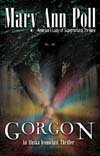 Mary Ann Poll
Mary Ann Poll
 Bumppo
Bumppo
 Computer Spell Checkers
Computer Spell Checkers Seven Things I Learned From a Foreign Email
Seven Things I Learned From a Foreign Email 2014 Spirit of Youth Awards
2014 Spirit of Youth Awards Book Signings
Book Signings


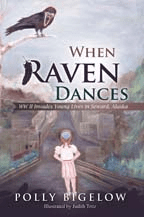 Blog Talk Radio
Blog Talk Radio Publication Consultants Blog
Publication Consultants Blog Book Signings
Book Signings

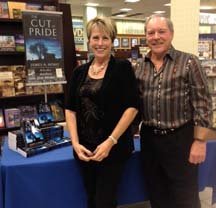

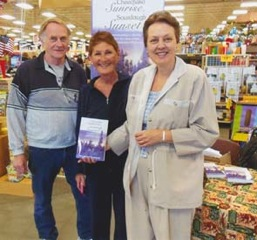 Don and Lanna Langdok
Don and Lanna Langdok Ron Walden
Ron Walden Book Signings Are Fun
Book Signings Are Fun Release Party Video
Release Party Video
 Erin’s book,
Erin’s book,  Heather’s book,
Heather’s book,  New Books
New Books